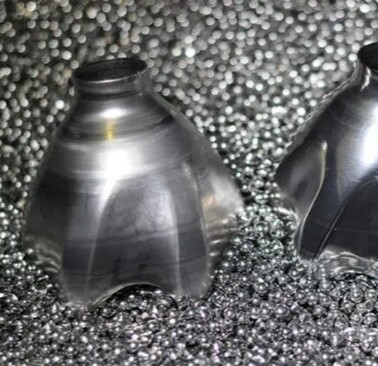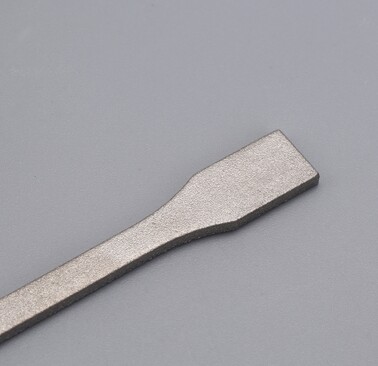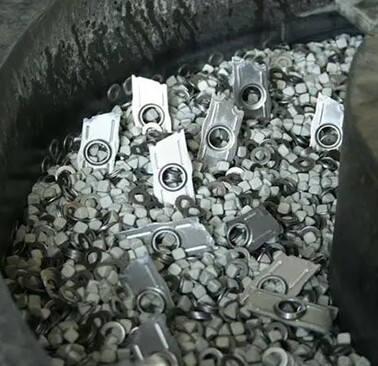What is tumbling?
Tumbling is a post-processing method used to smooth and polish 3D printed metal parts.
Tumbling involves placing the parts in a barrel filled with abrasive media, such as ceramic or plastic pellets, which tumble and collide with the parts as the barrel rotates.
The constant friction and impact remove roughness, burrs, and minor imperfections from the surface, resulting in a cleaner, more polished finish.
Tumbling is ideal for improving the aesthetic and functional quality of metal parts, making them ready for further use or assembly.















